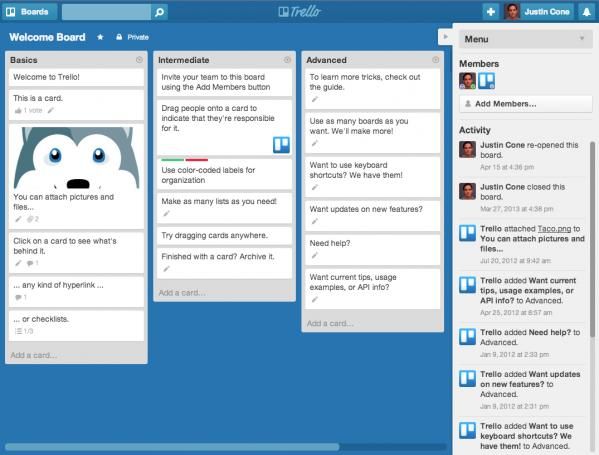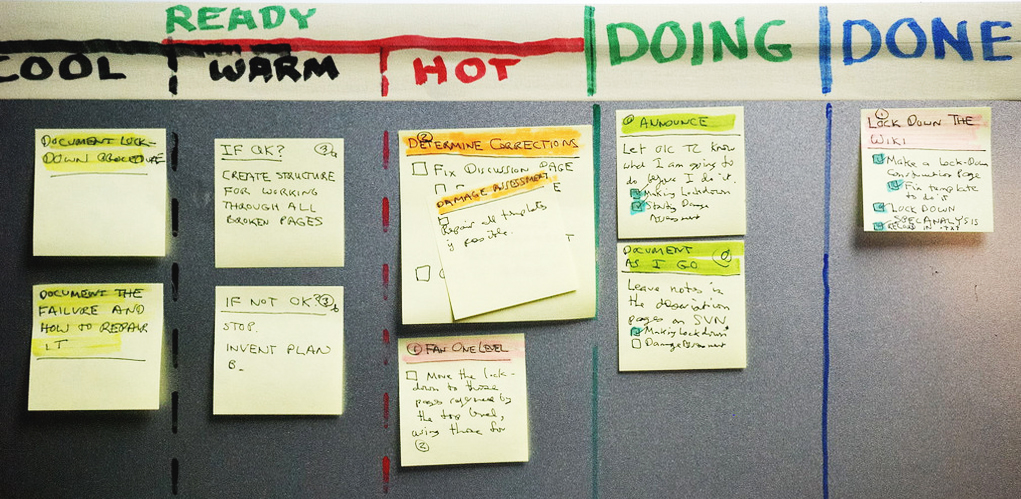Is Digital replacing the Physical Workplace?

The workplace today embodies both a physical and digital environment. Advancements in technology, and the consequent digitalisation of information, has impacted all industries. An increasing number of businesses which were previously based around a physical workplace have transitioned to a digital interface, such as online clothes store 'ASOS' or taxi service app 'Uber'.
The traditional workplace is indeed evolving in line with technology, which poses the question 'Is digital replacing the physical workplace'?
The recent $US425 million acquisition of Trello by Sydney-born enterprise softer maker 'Atlassian' highlights the significance of the digitalisation of information and resources in the office workplace. Trello is able to provide a 'collaboration and productivity software' to organise tasks and priorities in professional teams; acting as a digital task-board, as opposed to the traditional whiteboard and post-it notes. This creates another step towards a digital workplace, or essentially, remote working.

Image Source: http://justincone.com/4-tips-for-working-with-trello/
Benefits of Digital VS Physical
There are clearly benefits of both digital and physical tools for communication of information and access to people; the key aspects are bullet pointed below:
Benefits of Digital
- Able to gather a wide range of information quickly
- Connects globally
- Opportunity to reduce costs
Benefits of Physical
- Better at forming and maintaining relationships
- Better clarity in understanding of information (less confusion)
- Creates a sense of team
Creating a sense of team, whereby there is a shared purpose and trust within an organisation, is of great value. This is a powerful aspect of the workplace, enabling for adaptable and better invested team members; this has the power to increase revenues significantly.
The importance of scale
The strength of digital tools within the workplace lies in connecting a large number of people within a larger organisation or to communicate between offices at an interstate or global level.
Relationships and behaviours at the office scale - amongst smaller groups - can only be meaningfully maintained with analogue interaction. This takes the form of face to face conversations and tactile interfaces, such as the whiteboard.
The balance between Digital and Physical
Although the digitalisation of workplace elements is beneficial for office space working, physical aspects must be maintained in order to achieve an environment that creates a sense of team. The balance between a tactile workplace and technology informs the behaviours of employees not only in terms of productivity but also as a means of creating trust and a shared purpose, which are key to the overall performance of an office.
There will always be a need for the physical workplace. Investing in opportunities for tactile interaction in the workplace at the office scale increases the potential for greater performance. This has the power to increase the value of a business, which greatly offsets the short term benefits of digital interfaces.

Image Source: http://justincone.com/4-tips-for-working-with-trello/


